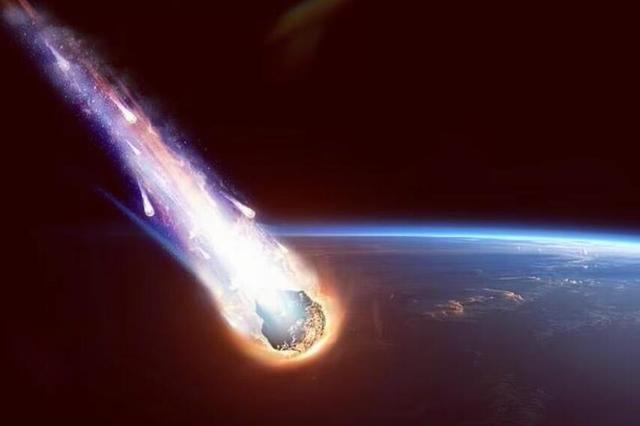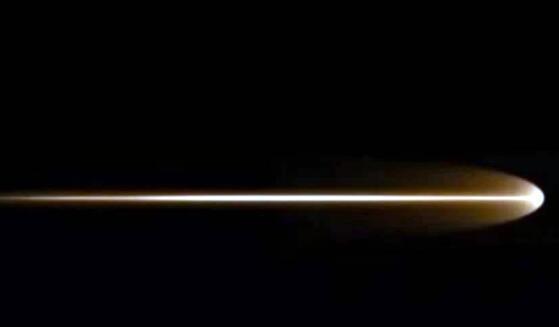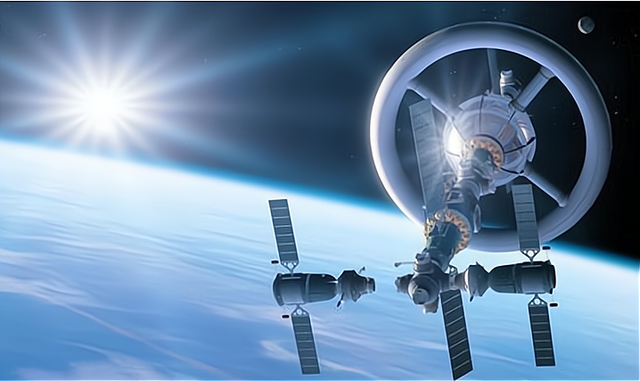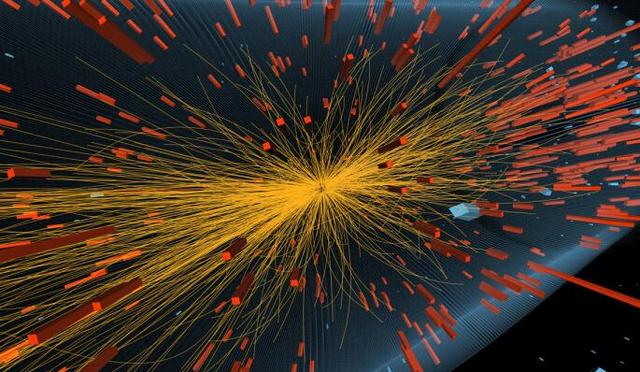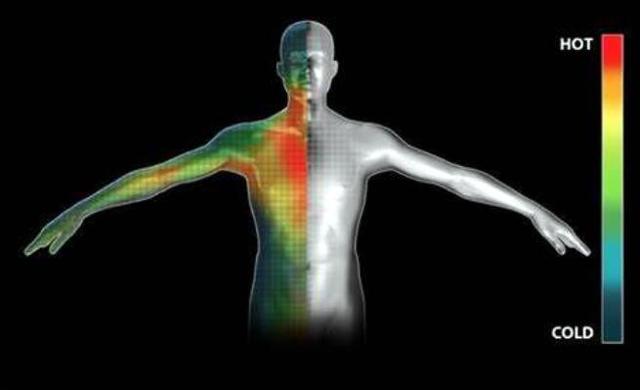As the earth orbits through space, it often captures small, relatively massive objects that, when they fall into the earth's atmosphere, glow brightly due to the high temperatures generated by their interaction with the air, looking like burning 'fireballs', so we often refer to them as this is why we often call them "Fire meteors".

With modern observational equipment, it is possible to detect and record detailed information (e.g. Time, direction of motion, altitude, velocity, 3d velocity component, light curve, energy release, etc.) of most "Fire meteors" In time and to create a detailed database file of them.
In fact, the near earth object research center at nasa's jet propulsion laboratory has such a database, which is called the "Fireball database".

"The fireball database contains information on about 1,000 "Fire meteors" Since 1988 and was kept secret for a long time until it was declassified in recent days.
On 7 april 2022, after the archive was declassified, the ussocom (united states space force command) publicly released the remarkable news that research based on the fireball database had shown that an object from outside the solar system had crashed into the earth's atmosphere in 2014.

According to the report, back in april 2019, harvard astrophysics student amir siraj and his academic advisor, astrophysicist abraham loeb, were studying the fireball database when they noticed the object from outside our solar system.
The object, with a diameter of about 0.45 metres, fell into the earth's atmosphere on 8 january 2014, near the island of manus in papua new guinea, and after tracing its orbit, the researchers found that it had a hyperbolic orbit, originating at 49.4 (±4.1) degrees longitude and 11.2 (±1.8) degrees latitude, and that it was moving very fast , reaching a speed of 58 (±6) kilometres per second (relative to the sun) before plunging into the earth's atmosphere.

It is important to note that all objects orbiting in the solar system are bound by the gravitational pull of the sun, but if the speed of an object relative to the sun is greater than or equal to a specific value, it can escape the sun's gravitational pull and fly out of the solar system by its own inertia alone, a speed also known as the 'escape velocity'.
The "Escape velocity" Of the sun can be calculated by the formula "V = (2gm/r) under the root sign" (note: G is the gravitational constant, m is the mass of the sun, r is the distance between the object and the sun), from which we can calculate that, in the vicinity of the earth's orbit the "Escape velocity" Of the sun is about 42.2 km per second.

It can be seen that the object that crashed into the earth's atmosphere in 2014 was travelling at a speed far in excess of the sun's "Escape velocity", and on top of this, the fact that the object's orbit is hyperbolic means that if it had not crashed into the earth's atmosphere, it would have flown out of the solar system in the future, and conversely that the fact that this object was able to fly out of the solar system in such a state of motion would indicate that it came from outside the solar system. In fact, this is exactly the result of the study given by amir siraj and abraham loeb.
It is also worth noting that, according to a ussc release, their chief scientist, dr joel moser, has come to the same conclusion after a thorough study of the data in the fireball database.
So what exactly is this object? Amir siraj believes that it is a small, naturally occurring object that coincidentally crashed into the earth's atmosphere after a very long "Interstellar journey". Nevertheless, its value is very high, since no small object from outside the solar system has ever been discovered on earth before, and in fact only two such small objects have been discovered even in the entire solar system, one of which is the famous "Omo" And the other is a small object called the other is a comet called "2i/borisov".

(imaginary image of oromo)
Of course, one could also speculate that this object is a probe sent to earth by some intelligent civilisation from outside the solar system, although this is highly unlikely.
Obviously, all that is needed is to go to the object's crash site and find its wreckage to get the right answer, but unfortunately, the specific data on the object suggests that it would have exploded before hitting the earth's surface, which means that it probably just left some fragments on the earth and scattered over a large area, making it very difficult to search for them, so it is widely believed that the hope of finding these fragments is very slim.

